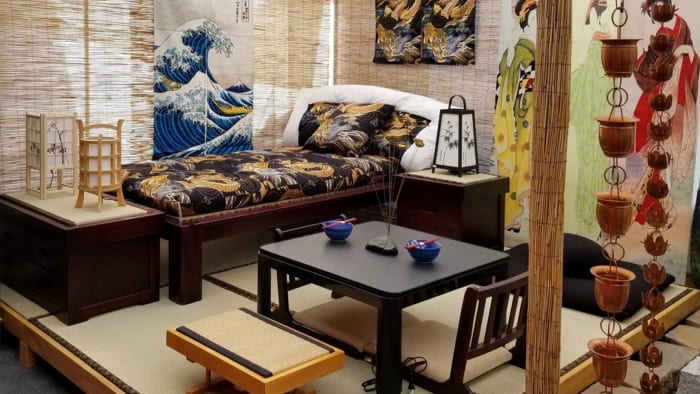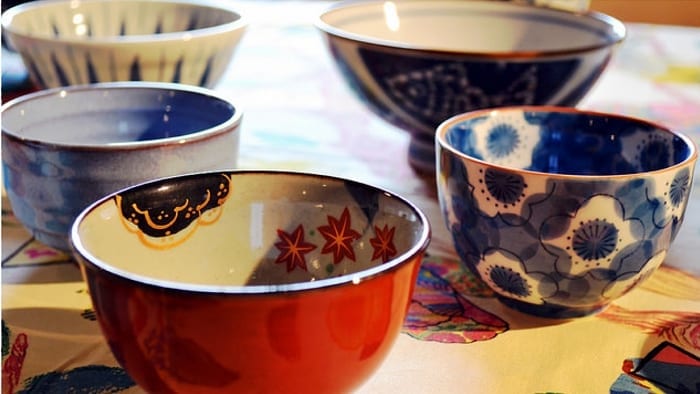Japan is home to beautiful culture and traditions in literature, music, and visual and performing arts. Japan’s culture continues to evolve and spread throughout the world, not just in neighboring countries in Asia. One of the oldest forms of traditional art in Japan is Ikebana.
Ikebana is the Japanese art of flower arrangement. It is a more complex type of flower arrangement compared to others. It requires almost three to five years to completely learn the skills and creativity needed to make a complex Ikebana. Almost 15 million people in Japan practice it.
What is Ikebana?
The literal meanings of Ikebana are “the way of flower” and “giving life to flowers.” It came from the word “ikeru” (arrange or give life to flowers) and “hana” (flower).
In the early years of Buddhism in Japan, Ikebana was not recognized as a form of art but as a worship offering for Buddha. During the 15th century, the oldest school of Ikebana, Ikenobo was founded by a Buddhist priest. Each school has different specialties and interpretations of the Ikebana styles and patterns. During Emperor Saga’s times, Saga Goryu School focuses on Seika, Moribana, Shogonka, and Shinshoka. As time passed, many Ikebana schools emerged like Senkei-ryu, Yoshin Goryu, Misho-ryu, Ohara-ryu, Sogetsu-ryu, and Kaden-ryu. Until now, there are still schools that primarily teach Ikebana. In fact, there are about 3,000 Ikebana schools in Japan today.
The Beauty of Ikebana
The first created type of flower arrangement in Ikenobo was “Rikka” which means standing flowers. This type of arrangement is not just a regular flower arrangement. Each branch represents the seven beauties of nature, namely, ryou (peak), gaku (hill), rou (waterfall), shi (a town by the water), bi (valley), you (sunlit side of the scene), and in (shady side of the scene). Following Rikka, other styles of Ikebana evolved in the 17th century and during the tea ceremony, Seika or Shoka, Nageire, and Jiyuka.
As compared to Rikka, the branches of Shoka represent the beauty and uniqueness of the plant itself. It only has three branches rather than 10 branches, namely, ten (heaven), chi (earth), and jin (human). Nageire style consists of stems forming a triangular branched arrangement. Jiyuka style is a freestyle type of arrangement. Even non-flower materials can be used as additional designs.
Ikebana Today
In the 20th century, new styles of Ikebana developed like the Moribana upright style, Moribana slanting style, Nageire upright style, Nageire slanted style, and Nageire style. Among these Moribana styles, Moribana upright style is considered the most basic style. It can be arranged in a basket, compote, glass bowl, or shallow vase. The simplest Nageire style is the Nageire upright style. The reason is that a Nageire upright style could be with just a single flower, and it does not need frogs for it to hold the flowers upright. In fact, it literally means “thrown in.” You can place it in a narrow-mouthed or tall container. Generally, Ikebana can be categorized into two of the most popular styles: Moribana shallow vase type and Nageire tall vase type.



